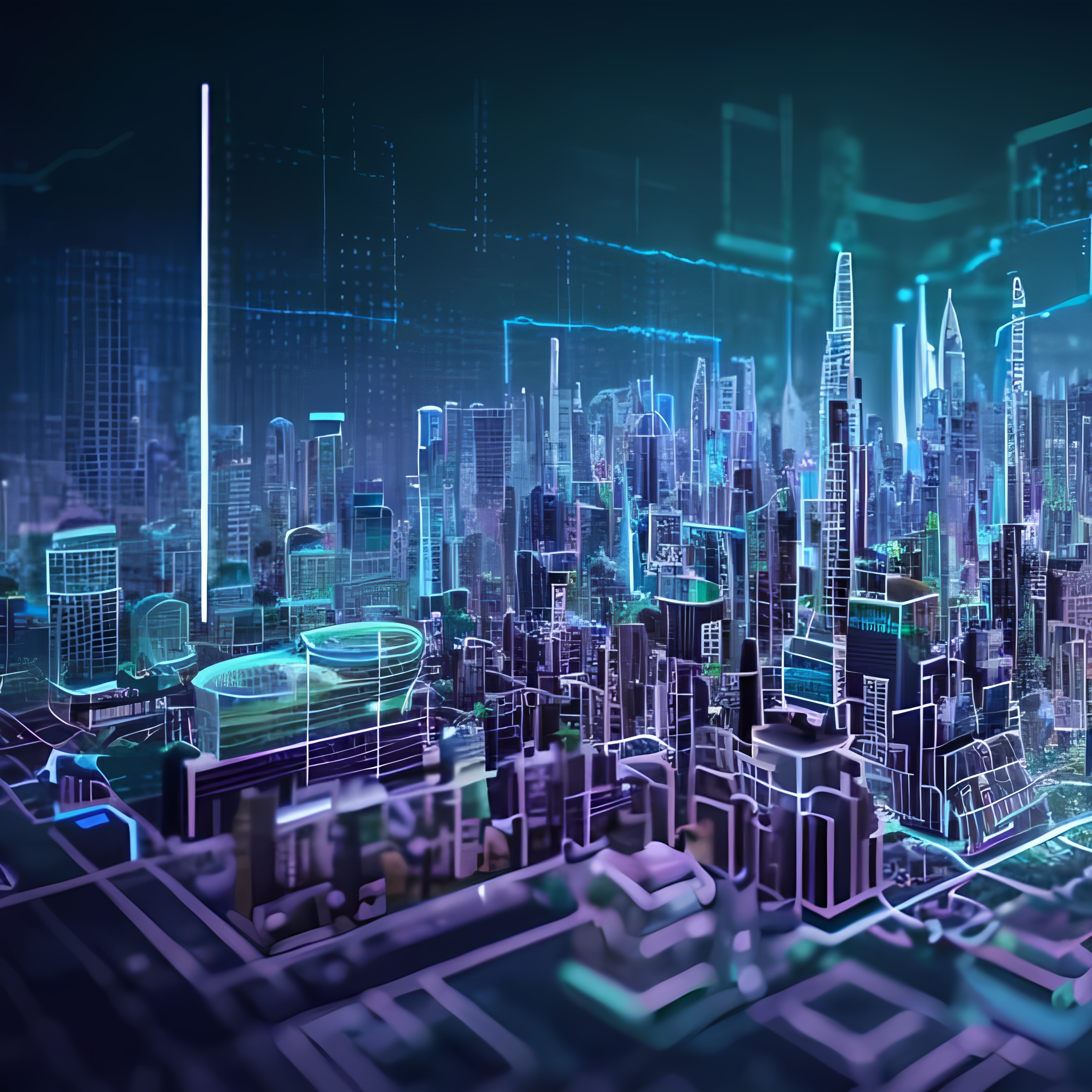Digital City
The term digital.city refers to a city or urban area that uses digital technologies to improve and optimize both urban infrastructure and services for citizens. These technologies are used to increase efficiency, reduce resource consumption, improve the quality of life for residents, and revolutionize urban planning and management. Here are some characteristic aspects and features of a digital.city:
-
Smart Infrastructure: the infrastructure of digital cities, be it transport, energy supply or water management, is networked and can be monitored, analyzed and controlled in real time.
-
Data analysis and use: Digital cities collect large amounts of data from a wide variety of sources, from sensors to social media. This data is analyzed to identify patterns, make predictions and adapt city services accordingly.
-
Intelligent traffic systems: With the help of sensors, cameras and data analytics, traffic flows can be monitored and controlled in real time to reduce congestion and improve mobility.
-
Energy efficiency: Smart grids and networked energy systems enable optimized energy distribution, integration of renewable energies and efficient energy consumption.
-
Digital services for citizens: Residents can access city services via digital platforms, be it registering a vehicle, paying bills or communicating with city authorities.
-
Environmental monitoring: Sensors can collect environmental data such as air quality, temperature or noise levels in real time, helping to improve the urban environment and health.
-
Networked security systems: Digital surveillance cameras, emergency systems, and other security mechanisms are networked into a centralized system to ensure the safety of residents.
-
Citizen participation and engagement: digital platforms can enable citizens to actively participate in decision-making processes and provide feedback on urban projects and initiatives.
A digital.city, then, uses technology as a means to solve urban challenges, improve the quality of life of its residents, and create a more sustainable, efficient, and inclusive urban environment. It is an evolutionary process that links physical infrastructure, social networks, urban management and digital technologies.

Title: Digital City (generated with OpenArt 2023)